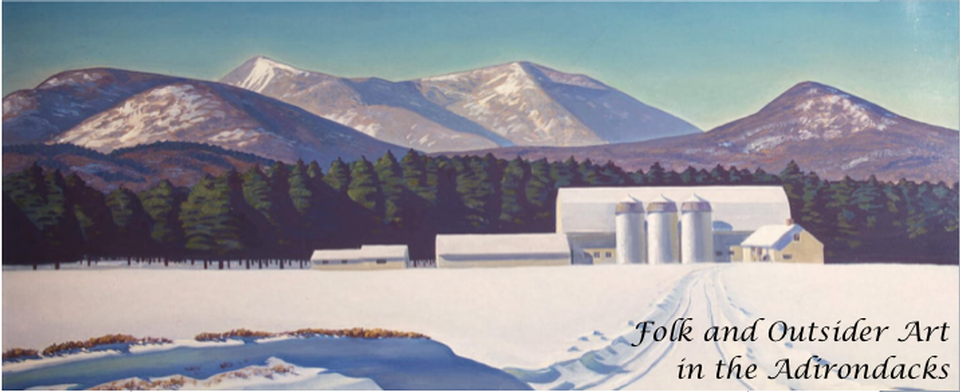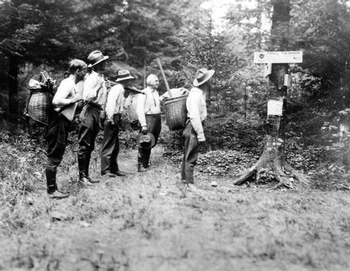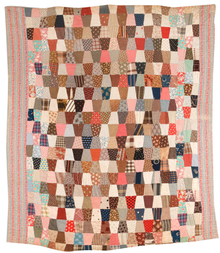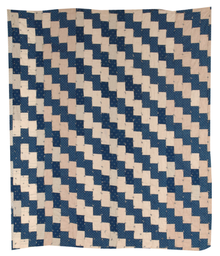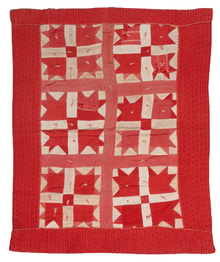Adirondack Folk Art
In addition to outsider artists, local folk artists play an equally (if not more) important role in the history of Adirondack culture. The key forms of folk art in the Adirondacks are architecture, weaving packbaskets and quilting. Folk art stems from daily experiences and traditions of common people. Usually made by “untrained” artists, there are not “do’s” and “don’ts” with folk art, so there is often more freedom of expression. The folk artists are resourceful and use objects they find, as well as the items around them, for their work. Often, folk art is created by people who are not affluent and live in rural areas. Adirondack folk art includes many of the general characteristics of folk art, but also has some of its own. Adirondack folk art tends to be made using natural substances and fewer, but more multi-purpose tools are used.
Folk art can be classic art, it does not necessarily need to be "crafty." We looked at a classic Adirondack folk painter, Edna West Teal, whose paintings were inspired by her experiences growing up in the park. However, a lot of folk art does consist of making crafts. One of the medium of local crafts that we looked at is Adirondack quiltmaking. Quilting was once necessary for comfortable survival, but now it has developed into a hobby of Adirondack locals. We also looked at one of the oldest surviving folk tradions in inside the Adirondack Park: the pack basket. Since the 1800s, the packs have evolved in terms of their recreational use and continue to be an important part of the Adirondacks history. Today, packbaskets are novelties to Adirondack tourists, and are made and sold as souvenirs. Folk art, born in the park, continues to grow and change, just like the Adirondacks themselves.
